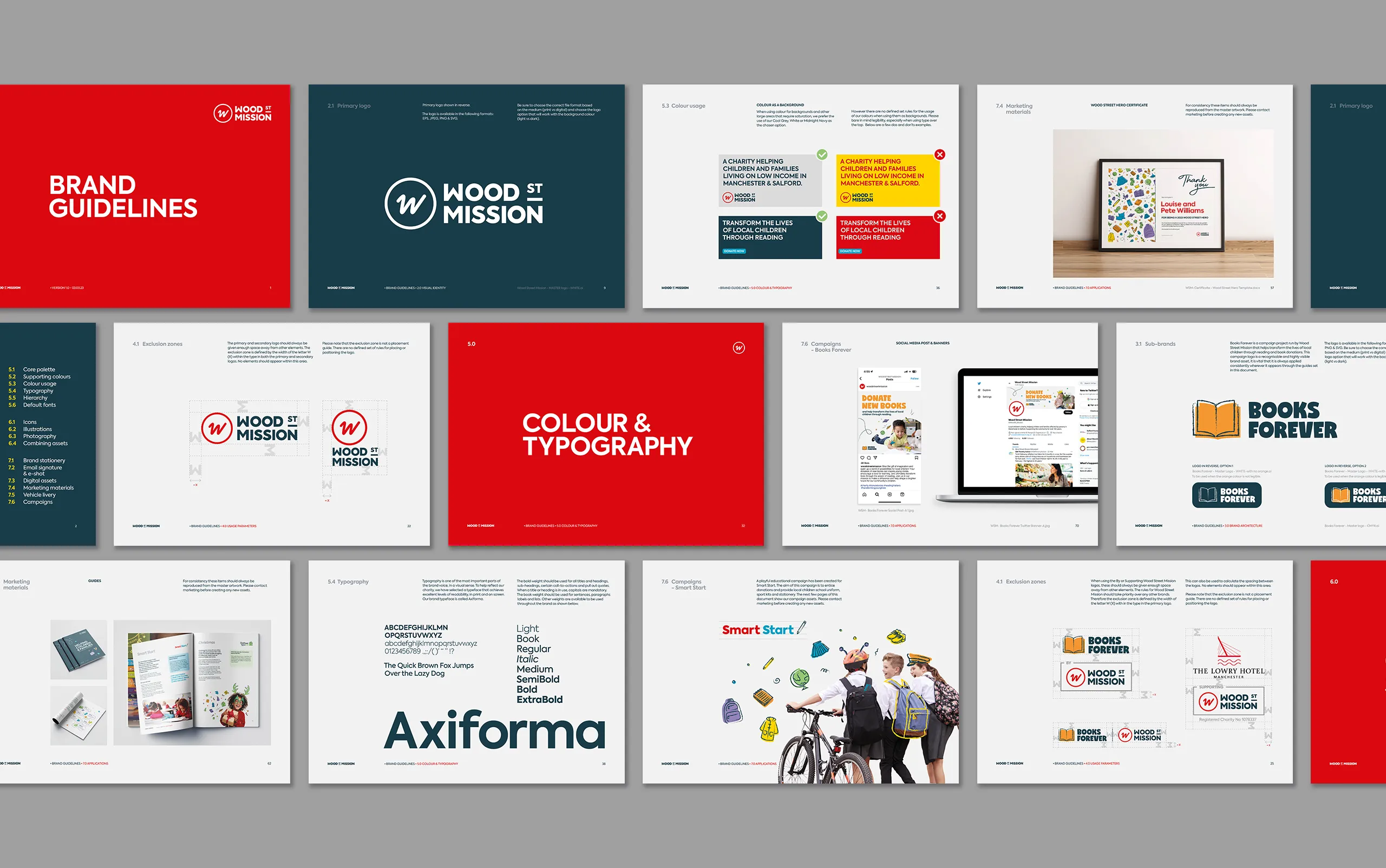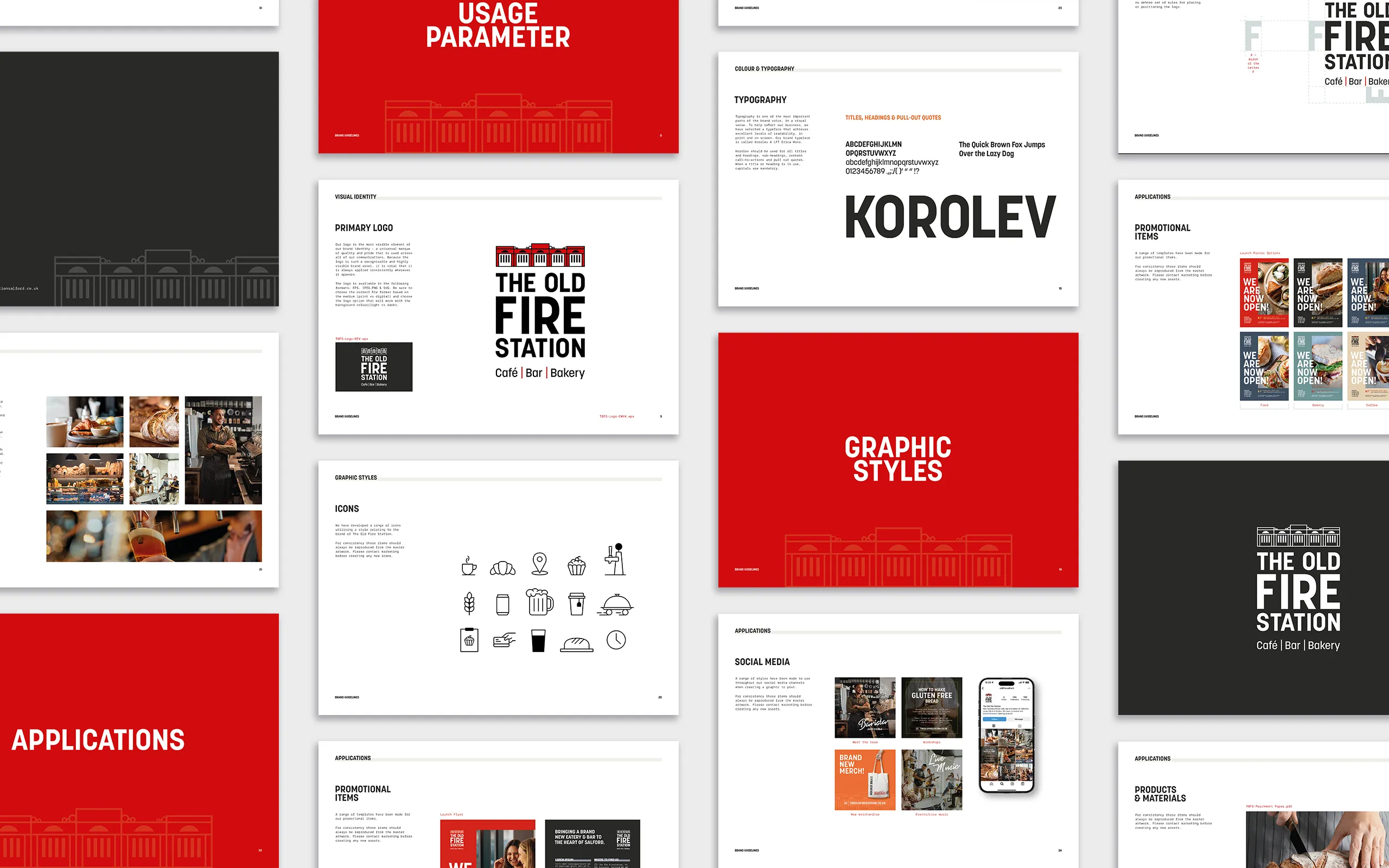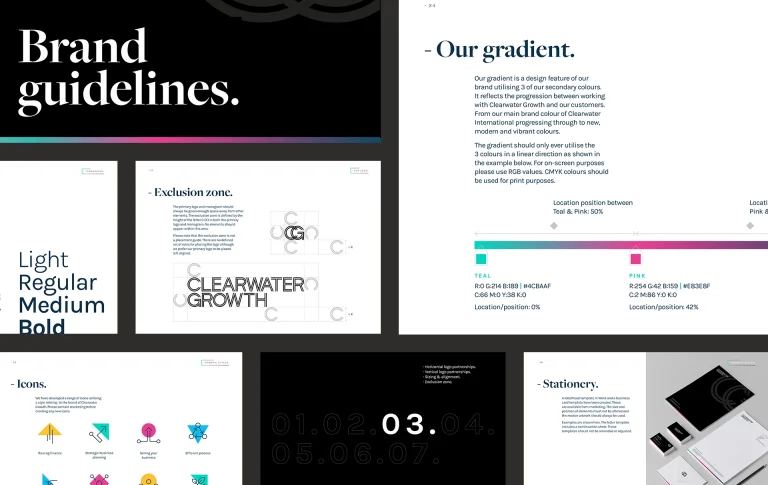In an era driven by personal branding and influencer culture, the idea of being faceless seems to be the antithesis.
For quite a long time now, brands have upheld the status-quo that it is always best to humanise your brand. Audiences had grown weary of the sterile, serious and corporate image many brands previously exuded.
Adding a personality to the forefront of your brand brought a dose of reality and “authenticity” to your company’s image.
And what better way than a real human being…well, human!
It now seems to be a tried and tested method to connect brands with “real” people who work at the company.
This doesn’t just apply to marketing. You can see it in areas such as customer service, where people are often frustrated by company helplines sending them to third-parties instead. Customers don’t want to feel like customers, they want to feel like they are on a level playing field.
Shifting the image of your company from ‘corporate drone’ to an ‘understanding business’ felt like a cheat code for improving company image. It develops a sense of community amongst those interested in your brand, boosting discussion around their experience with you, as well as your public service offering (PSO).
Integrating this approach into your strategy gives your brand a face. This is the face of a real person (no matter how many times you have to edit their script), meaning there can be real consequences to your brand if you pick the wrong person.
They say time is a flat-circle, so it was only inevitable that some brands would adopt a faceless approach in lieu of this type of “on-face” marketing.






